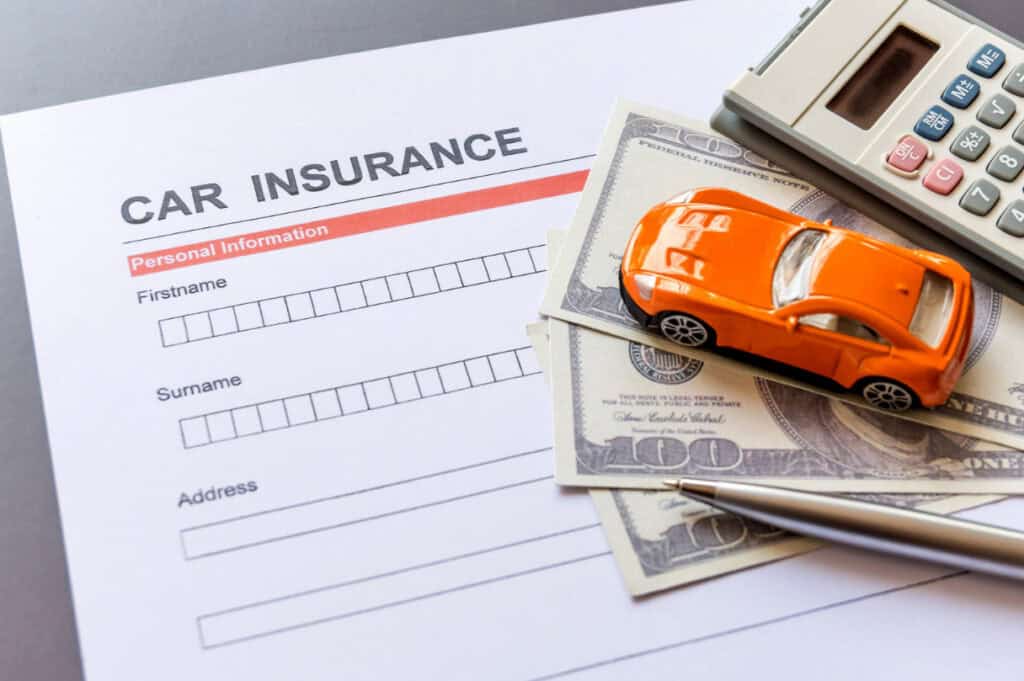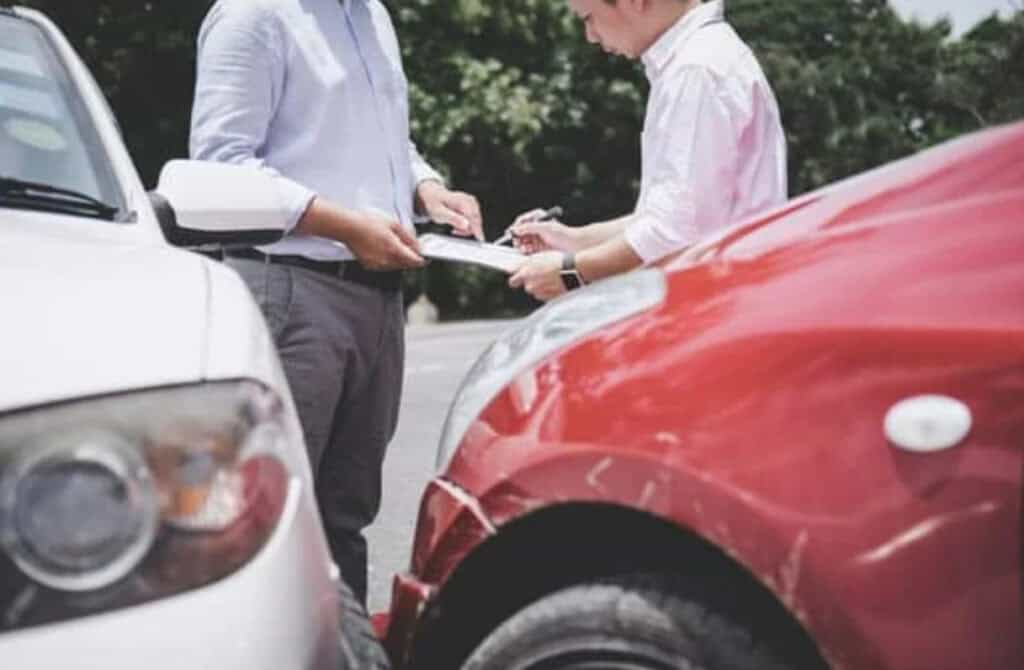As of 2021, Nevada has more than two million licensed drivers. Just as licenses are mandatory for drivers, every Nevada driver must have car insurance. This also means drivers can choose between liability-only and full auto insurance.
Table of Contents
On this post, we will focus on the specific requirements you need to be aware of and prepare in order to obtain Nevada’s car insurance.

Difference Between Full Coverage and Liability-Only Coverage
In general, full coverage means the policy covers all types of losses. Most importantly, full coverage policies cover damage whether you are at fault for an accident or not. Some of these policies pay for damages unrelated to an accident.
Full coverage means having several different types of insurance. For instance, you need liability coverage to compensate the other driver (this is a Nevada requirement). Collision insurance ensures you are compensated for damages to your vehicle when you are at fault for an accident.
Comprehensive insurance is the coverage you need for damages not caused by car accidents. This policy pays out if your car is destroyed by flooding, hail, or fire. Some comprehensive policies also cover damage by vandalism.

Another part of full coverage is uninsured/underinsured motorist insurance. This insurance kicks in if the at-fault driver does not have insurance. Uninsured/underinsured insurance forms part of your full coverage policy to ensure you can pay for the damage to your car.
Lastly, if you have medical coverage, it can help pay for medical expenses incurred due to injuries sustained in an accident. This coverage is meant to pay for you and your passengers.
Only when you have all these forms of insurance are you considered to have a full coverage policy. On the other hand, liability-only car insurance only pays for injury treatment and damages caused to the other driver’s car or property. It does not cover the damage to your car.
Mandatory Car Insurance Limits in Nevada
Nevada enforces its own car insurance limits for drivers in the state. These limits refer to the maximum amount an insurance provider will pay after an accident. Nevada’s limits are often abbreviated as 25/50/20. This is explained as follows:
- 25 = $25,000 in bodily injury per person – This is the maximum amount an insurance company will pay if you cause injury to another person.
- 50 = $50,000 in bodily injury per accident – This is what an insurance provider will pay to cover all injuries caused by you because of an accident.
- 20 = $20,000 in property damage – This is the amount the insurer will pay for property damaged during an accident that is your fault.
These are called minimum car insurance requirements because they usually do not provide enough coverage after an accident.
For instance, considering the cost of emergency medical treatment and follow-up doctor’s appointments, the bodily injury amounts will quickly run out. The same goes for the amount paid for property damage. In most instances, $20,000 will not cover the replacement of a badly damaged vehicle. This means you will have to cover some damages yourself.
Minimum liability insurance is the only requirement coverage for drivers in Nevada. However, you can raise the minimum coverage limit to at least 50/100/50 with the above-mentioned full coverage options.
You can consider gap insurance to prevent owing more on your vehicle than its cash value after an accident. Roadside assistance insurance, which will help pay for breakdowns and other minor car issues while on the road, is also an option.
Driving Without Car Insurance Is a Bad Idea
If you do not have the minimum insurance coverage required by Nevada law, driving on the state’s roads is a bad idea. The NVLIVE (Nevada Liability Insurance Validation Electronically) database, run by Nevada’s DMV, tracks all registered vehicles and insurance policies.
All insurance providers are required to report lapsed policies to the DMV. The DMV will then contact the owners of these policies. If you receive a notice from the DMV about a lapsed insurance policy, you must respond by sending a verification form within two weeks.
Also, you will receive a notice from the DMV if a police officer stops you and you cannot provide them with proof of insurance.
Consequences of Driving Without Nevada’s Car Insurance
If you don’t have insurance for even a single day, you risk a registration suspension, and you will already have to pay $250 to reinstate it.
If you let your policy lapse for the first time and the period of no coverage has not exceeded one month, Nevada will temporarily revoke your driving privileges. In this situation, you will likely not receive a fine.
However, if your policy lapse runs for more than 31 days, you will pay $250. If the lapse is longer than 91 days (but shorter than 180 days), you will pay $500. Longer lapse times equal fines of $1,000.
You must also hand over your driver’s license until you can prove to the DMV that you have reinstated your insurance. Your insurer will then have the task of filing an SR-22 certificate on your behalf so you are allowed to drive again. The SR-22 form essentially proves you have the insurance that Nevada requires.

Causing an Accident Without Insurance
It is important to note that in Nevada, driving without insurance is considered a misdemeanor. If you cause an accident in the state while being uninsured, things get exponentially worse.
You must pay for all the damages to the other driver’s vehicle and cover their medical expenses. Being uninsured means you have zero financial backup, which could lead to you becoming bankrupt. There is no way to avoid liability for an accident you caused simply because you are uninsured.
Moreover, if the other driver sues you, you could lose your assets if you cannot compensate them. This alone should deter you from driving without insurance.
Protect Yourself and Others on the Road
Driving in Nevada while uninsured is not worth the risk, considering the financial and legal consequences an accident can cause. By understanding your insurance options, you can continue to protect yourself and others every time you take to the road. This is a far better decision than risking everything you have worked so hard for.



